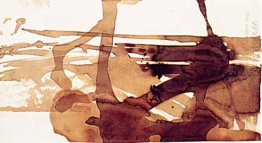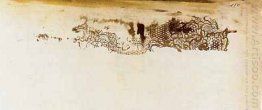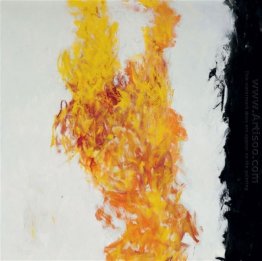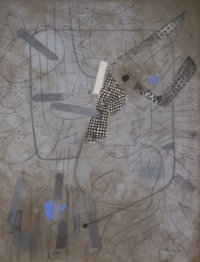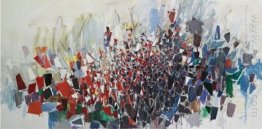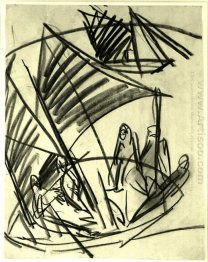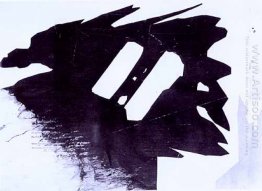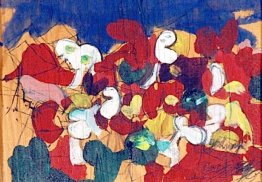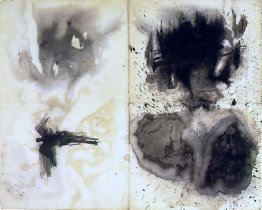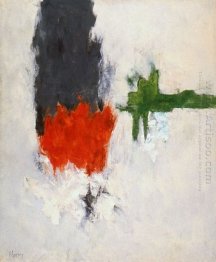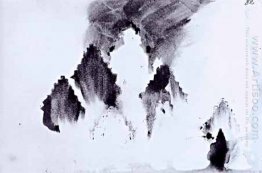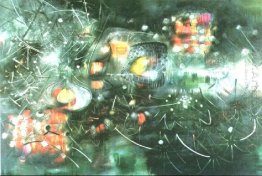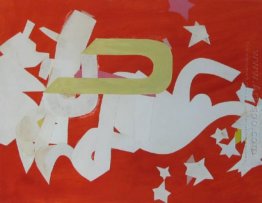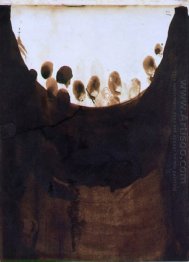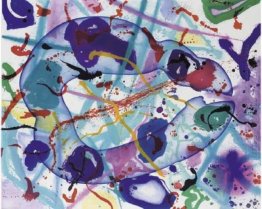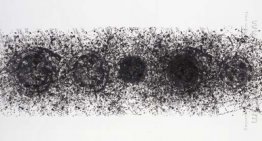Abstract Expressionism

The dominant trend in western painting throughout the 1950s began with a handful of American artists later termed Abstract Expressionists. Their paintings were often made of shapes, lines, and forms not meant to depict a "reality" from the visible world. They believed that non-representational painting could express spiritual and emotional truths in the most direct way. These artists often used a spontaneous and physical process in order to present an immediate response to emotion. They found their mentors in many of the artists who fled Europe during World War II for America. Piet Mondrian and Max Ernst were both important influences representing the revolutionary spirit of the artist and a break from traditional painting. Other artists such as Arshille Gorky and Hans Hoffman instilled in the Abstract Expressionists a concern for the physicality of paint and the possibilities of expression in abstraction.
The Abstract Expressionists was a group of very different and individual artists, many of whom came together in New York’sGreenwich Village. Among the most famous were Jackson Pollock, Mark Rothko, Helen Frankenthaler, Willem de Kooning, Philip Guston and Robert Motherwell. While the wild physical "action" paintings of Jackson Pollock have come to represent the revolutionary mood of the times, a number of other painters played crucial roles in this movement. Mark Rothko’s enormous fields of color expressed both the spiritual and monumental concerns of the time. Willem de Kooning, who had taught at Black Mountain College, created work centered around aggressive applications of paint that, through free expressive brush strokes, created emotionally intense imagery. The giant canvases of Franz Kline and Clyfford Still concerned themselves primarily with human fragility. Together with Ad Reinhardt, Lee Krasner, Barnett Newman, and Elaine de Kooning, these painters expanded the possibilities of the medium.
While other artists such as Robert Rauschenberg and Jasper Johnsconcerned themselves with the everyday life of post-war America, the Abstract Expressionists addressed the great questions of human existence. The internal psychological struggle, the external struggle of man against nature, the spiritual quest for God -- these were topics that these artists felt needed to find expression in abstraction. For the Abstract Expressionists, understanding the process of painting meant understanding something at the core of the human desire to express oneself. In the end, making the process of painting an existential endeavor may have been their major achievement.




